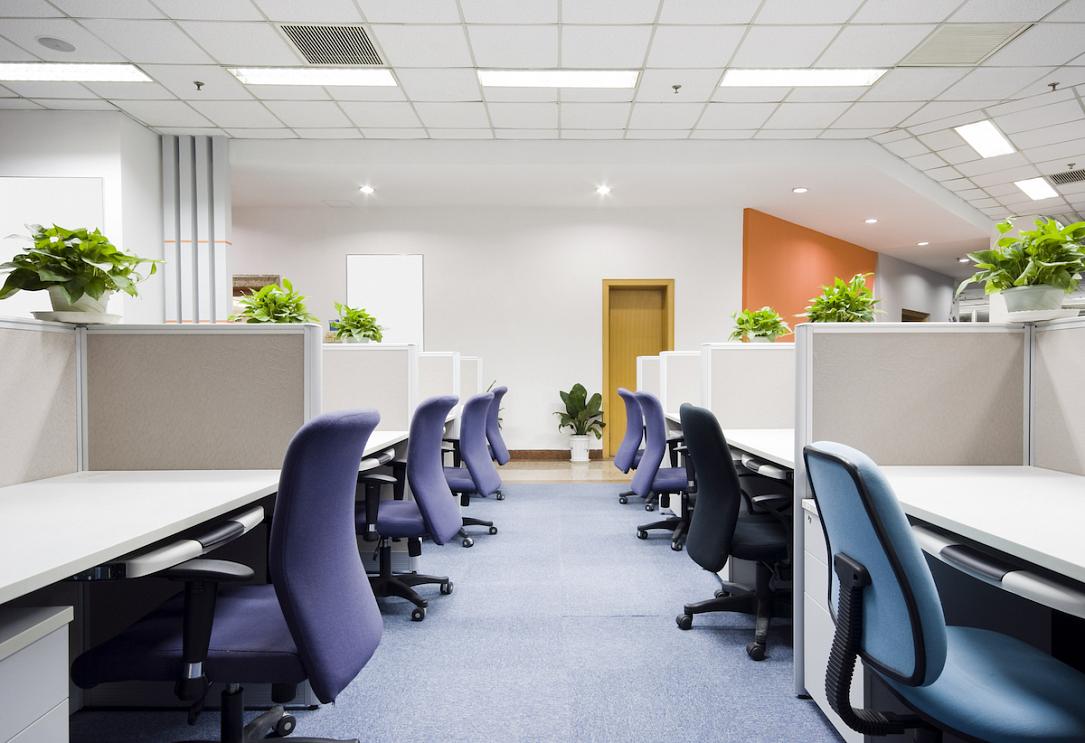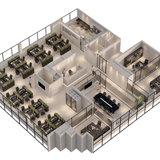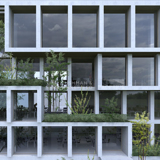The report’s key findings include:
- The average U.S. office listing rate was $38.19 per square foot, down 0.7% year over year.
- The national vacancy rate was 16.5%, up 90 basis points year over year.
- A total of 135 million square feet of office space was under construction at the end of the year, with another 261 million square feet in the planning stages.
- Office sales plunged to $86 billion in 2022 — $30 billion less than the previous year’s $116 billion sales volume.
High-quality sublease space hitting the market is helping to keep lease rates steady despite rising vacancy rates because average rates reflect the quality of the rates as well as the underlying fundamentals.
For example, large blocks of space have been listed well above the average market rate in Seattle, where the sublease vacancy rate is 3.8%. Zillow, which has suffered from a downturn in the housing market and laid off thousands of employees in 2022, recently listed seven of its 12 leased floors at the Russell Investments Center, an A+ building in the city’s central business district.
The highest-quality spaces are still getting premium rents. The top-tier spaces commanded an average lease rate of $46.69 nationwide last year — a 1.9% increase over 2021 — as Class B rates dropped 0.4%.
Higher interest rates are expected to hinder development and sales. Although some buildings in desirable locations will break ground, many will be delayed or canceled. Fewer office buildings will be sold because of higher interest rates, and those that do will sell for lower prices.
Companies that want their employees back in the office but don’t want to force them into it are looking for high-quality, albeit smaller, spaces with lots of amenities to coax them back.
As a result, developers are building more Class A office space to support the needs of future tenants. At the end of last year, Class A and A+ office space accounted for 126 million square feet of the 135 million square feet under construction.
“As we see the flight-to-quality trend continue into 2023, we are watching to see how much space reduction plays a part of these moves as well as how much coworking becomes an option as a high-quality landing spot,” said Peter Kolaczynski, senior manager of CommercialEdge.
(Source:benzinga)















